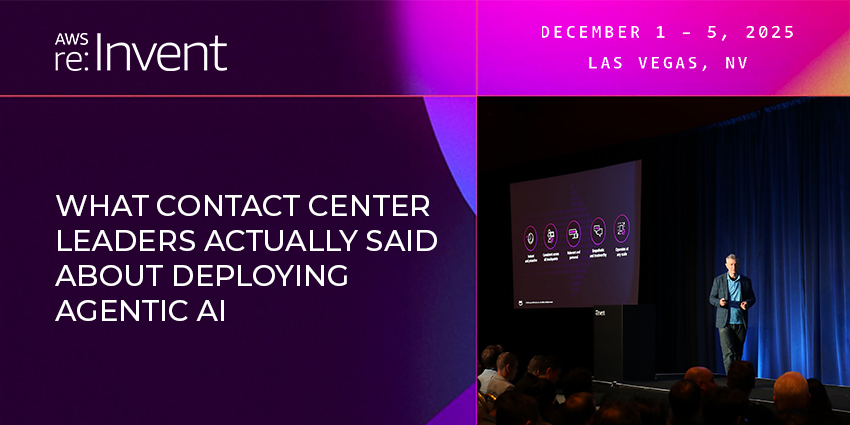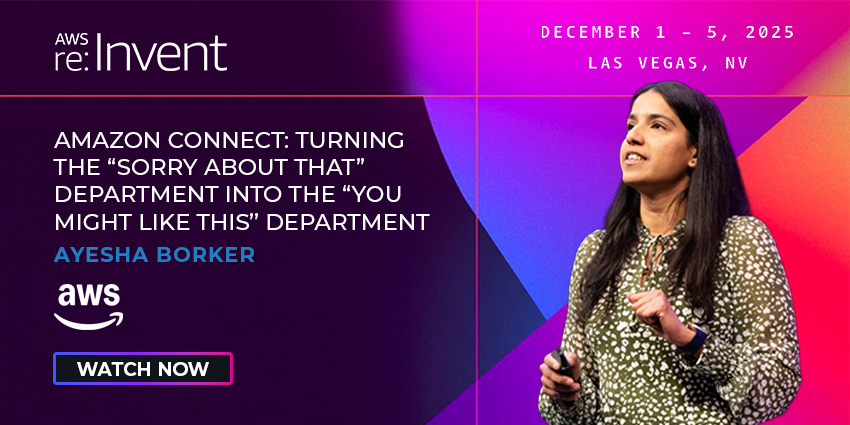Despite artificial Intelligence (AI) topping the news agenda in recent years, it’s never quite managed to break into the mainstream. There is huge potential for the technology to improve customer engagement but for a number of reasons full-scale adoption has yet to take place – across any industry.
To understand why we’re poised for widespread adoption, we need to explore what has held back AI implementations to date and how companies will eventually use the technology within their business. Gartner suggests that between 2018 and 2019, AI adoption rose from 4% to 14%. However, most AI projects are at the pilot stage (37%) with only 22% being fully implemented, according to Cognizant.
As it stands, some businesses are unwilling to invest in technologies like AI and machine learning due to the expected cost. There is also boardroom confusion due to a lack of understanding about what AI actually means and how it will benefit the business – whether that’s to improve customer experience or simply to automate certain processes.
AI and the digital maturity curve

In reality, AI can look vastly different in one organisation when compared to another, depending on where they are on their digital maturity curve. For example, AI can dramatically enhance contact centres through the use of machine learning. Voice transcription can be used to help agents find relevant articles during live calls rather than them having to search for them manually. Machine learning algorithms can be applied so the search capabilities become more accurate and faster over time.
Regardless of what AI ‘looks’ like to a company, executives must make sure that all projects drive real business value. Around two-thirds of executives believe that AI is extremely or very important to their company’s success today, according to Cognizant’s research, so getting an AI project right has never been more important.
Unlocking productivity and improving the CX
There has been concern in many industries that AI will take over the workplace. The contact centre is a perfect example of this, with fears raised about tech, such as chat bots, replacing call agents. But as the technology matures, businesses are increasingly seeing more evidence of the value of a human-AI partnership approach to implementation.
Gartner calls it ‘augmented intelligence’ – it’s the idea that the learning and decision-making that AI handles in an organisation needs to be influenced and mediated by human workers.
Gartner is expecting AI augmentation to create a staggering $2.9 trillion of global business value by 2021, and to unlock up to 6.2 billion hours of worker productivity.
In the contact centre environment, there’s no reason why AI powered virtual agents couldn’t work alongside real agents. This would be an effective way to quickly respond to common issues or requests, cut down wait times and improve the overall customer experience. It would also enable the real agents to focus on problem solving and more complex tasks, giving them a greater sense of job satisfaction by allowing them to provide more value to the business.
Once business leaders understand the benefits of AI, can see how it will augment the workforce and drive business value, they must ensure any AI project they undertake is built on the strongest foundations – that’s where network connectivity comes in.
Data, analytics and connectivity – the foundation of AI
As a high-demand technology, AI is going to put a lot of extra pressure on networks – which means fast, reliable connectivity is vital. The ever-expanding quantities of data and data sources that feed into AI and analytics tools require guaranteed, flexible, and scalable network capacity, especially as more complex computing is done closer to the edge of the network. Without a high-performing connectivity solution in place many AI projects implemented by contact centres could flounder at the first hurdle.
The use of data analytics can be a differentiator for many companies as long as they have the right foundations in place. As demand increases, businesses must be prepared for AI going mainstream and ensure the right infrastructure is in place before undertaking any projects. If executed correctly, the potential for this technology in the UC market is huge and can help transform the CX and improve productivity.
Guest Blog by Eric Troyer, CMO, Megaport
Our mission is to take everything we know about traditional networking – flip it and reverse it – and put the power back into the hands of the consumer. Enterprises that double down on control, choice, and cost-efficiency have the ability to do smart business today, while building for the future. We’re giving consumers the network connectivity they deserve with global availability, right-sized bandwidth, and on-demand consumption. We’ve created the network that’s bringing the world’s businesses closer together.







